Have you ever taken a moment to appreciate the variety of plant life around your neighborhood? What defines a plant as “native”? How do certain plants flourish in some areas? Welcome to the world of plants, the underappreciated champions of our local ecosystems. These are plants that have adapted over thousands or even millions of years to thrive in their climate, soil and wildlife. They serve as the backbone of our ecosystems, providing food and shelter for animals, contributing to soil quality, and playing a role in water systems and wildlife habitats. Exploring plants and their impact on our ecosystems is not just a fascinating journey into the natural world, but also a key part of preserving biodiversity on our planet.
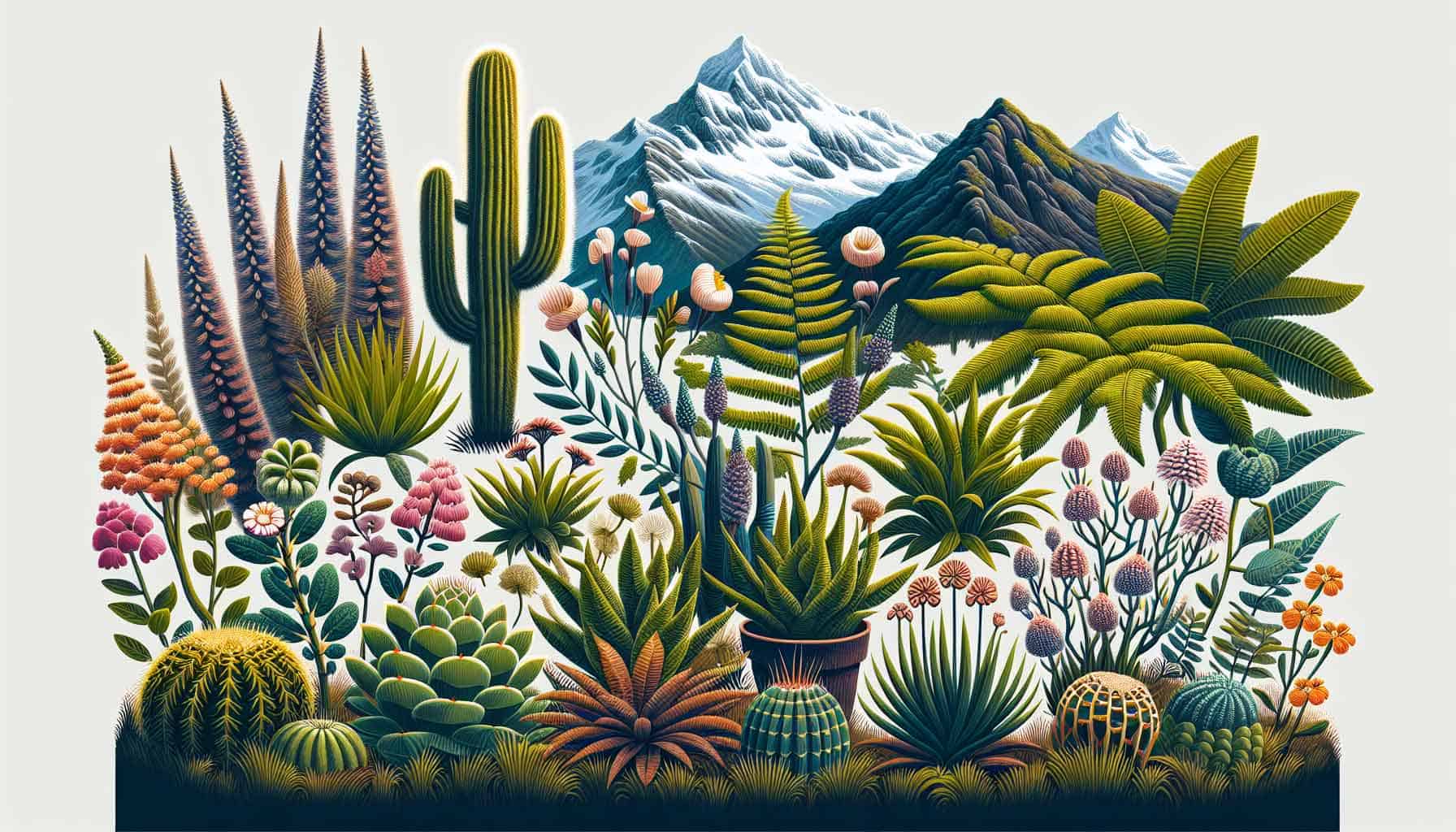
Key Takeaways
- Native plants are species that have naturally co-evolved in a specific habitat for millennia and are adapted to local conditions, but their populations are being altered due to invasive and exotic plant introductions, habitat loss, warming temperatures, and less predictable weather.
- Native plants play a crucial role in ecosystem health and recovery after disturbances, and their conservation is essential for maintaining wildlife health and ecological balance.
- Tools like Plant Wild and the National Wildlife Federation’s Native Plant Finder help individuals identify and select appropriate native plants for local ecoregions, thereby supporting local birds and other wildlife.

Understanding Native Species: Definitions and Origins
Native plants are so much more than simply those from a certain geographical location. These plant species have been shaped by the wild places in which they’ve existed for thousands of years or even millennia. They have co-evolved to survive within the local community, matching their local light, soil and climatic conditions, as well as playing key roles in the overall abundance of birds and other animals. This makes where these flora can naturally grow an incredibly important part of their classification. Examples of plants that are considered native range from white oak trees found across eastern North America, to eucalyptus down under in Australia, to cherry blossoms adorning Japan’s gardens, and South African Protea flowers that display different colors year after year.
Perhaps even more captivating is learning about ecotypes—specialized variations within one particular plant species that develop over time due to changes experienced throughout its history in the area it inhabits, such as cacti forming deep root systems and thicker skins as desert life survival tactics. But unfortunately a warming planet has disrupted this delicate balance, meaning many native floral inhabitants must migrate elsewhere or suffer permanent genetic modification. Weather changes directly affecting dispersal of seeds too, not just in the plants themselves, but in the animals who assist in pollination and reproduction. Our efforts to save birds that are threatened are directly affected by how we treat the plants that support those birds’ food sources, including seeds and invertebrates like butterflies.
All of these elements when taken together paint an important picture: every single individual organism living within wild places plays its own unique role involving both evolution and adaptation combined into something far bigger than just itself. That’s why grasping how profound yet diverse native species are is essential to long-term plant health and ultimately human health as well.
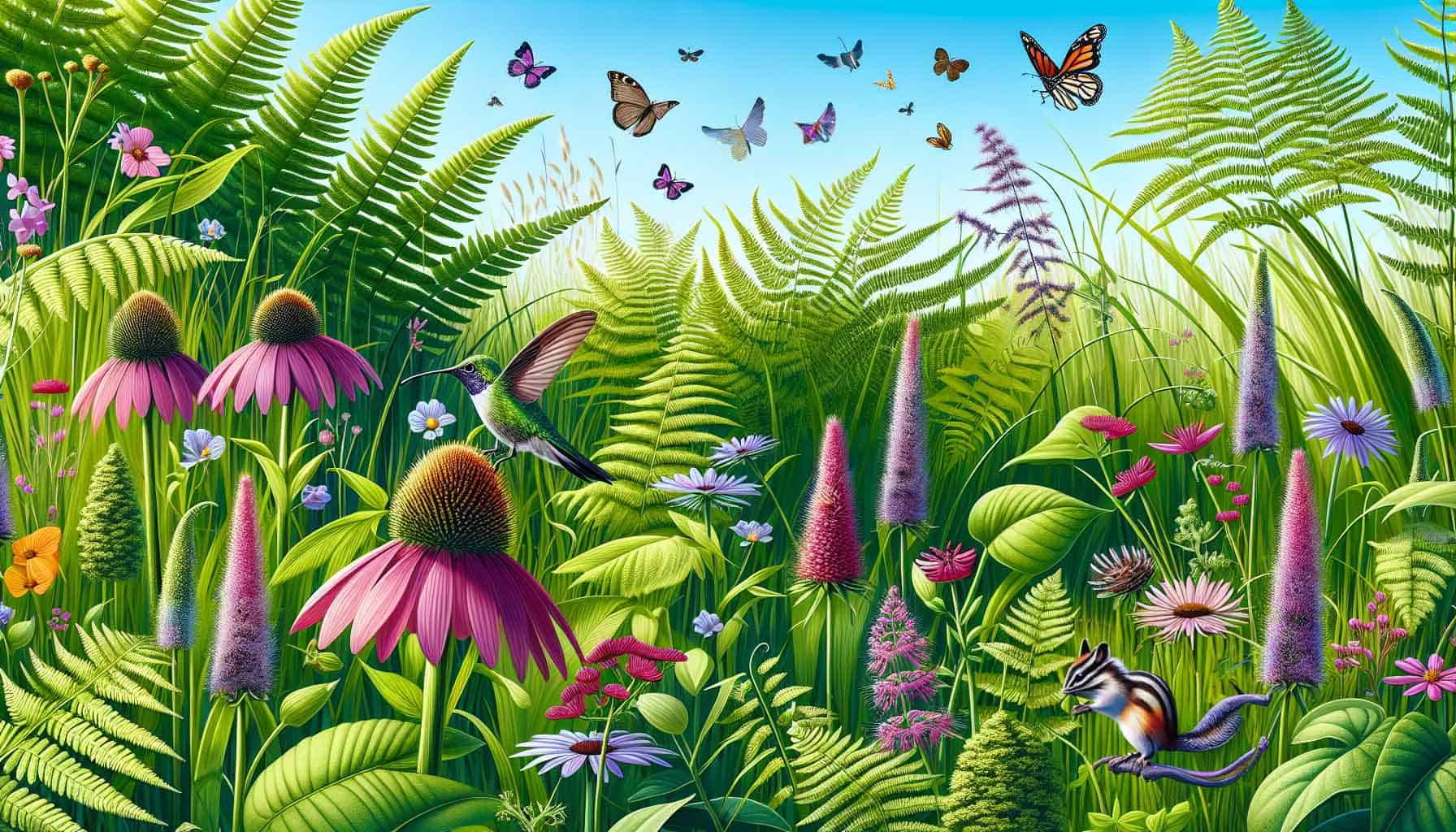
Native plants play a critical role in both the resilience of ecosystems and in preserving biodiversity. Plants that occur naturally in a landscape typically regenerate and recover after disturbances such as fires or floods due to their ability to adapt over time in the local environment. Unfortunately, when non native plants are introduced, they often upset this balance by outcompeting native vegetation, which decreases biodiversity levels.
Recognizing and preserving regional ecotypes and genetic variety, both for conservation and habitat revitalization, is an absolute necessity. It’s like maintaining an entire sports team with its unique players rather than just expecting one player to create a winning season. Just like a coach strategically selects players based on their strengths and the team’s objectives, nature has evolved a balance that works interactively to produce the healthiest outcomes for the community of local plants and animals.
How to Identify and Incorporate Local Plants
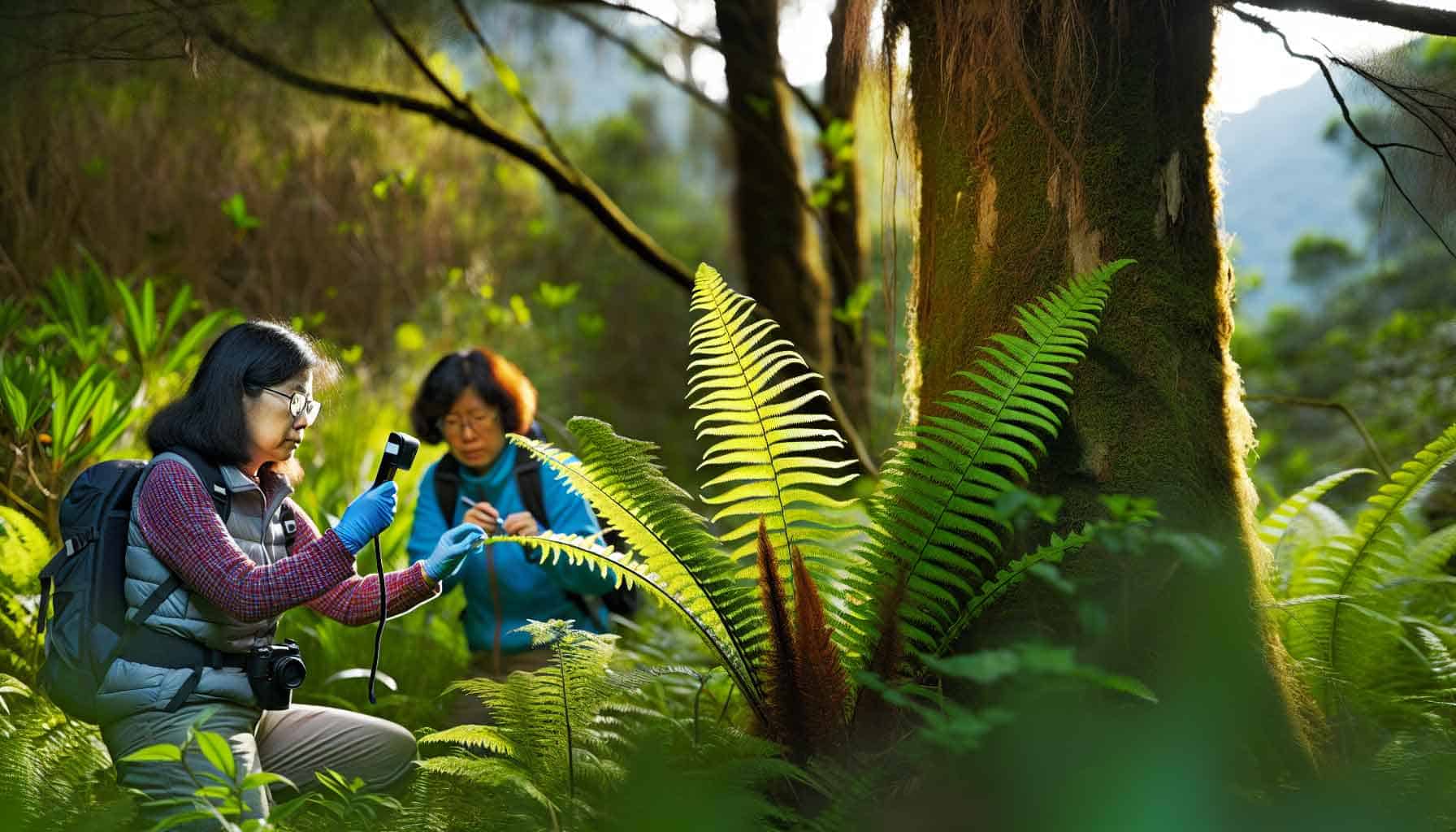
When trying to find native plants for a certain area, a native plant locator tool can be incredibly helpful. One example of this type of resource is the Native Plant Finder constructed for the National Wildlife Federation by Dr. Douglas Tallamy and his team from the University of Delaware. It helps users pick appropriate species based on their location, and specifically identifies invertebrates that are supported by each plant. For example, it notes that oaks and other “keystone” trees are typically supportive of very large numbers of invertebrate species, a fact uncovered in Tallamy’s research.
Tools like this trace a vital connection between native gardens and local eco-systems, since not only are invertebrates supported by native plant species, but they also form an essential part of bird and animal diets. For example, research by the entomologist Doug Tallamy has shown that native oak trees support over 500 species of caterpillars whereas ginkgos, a commonly planted landscape tree from Asia, host only 5 species of caterpillars. When it takes over 6,000 caterpillars to raise one clutch of native birds, that is a significant difference.
Through the use of research, new data collection methods, and technology we’ll not just attract butterflies, birds, moths and wildlife, we have a better chance to safeguard delicate natural areas near us as well.
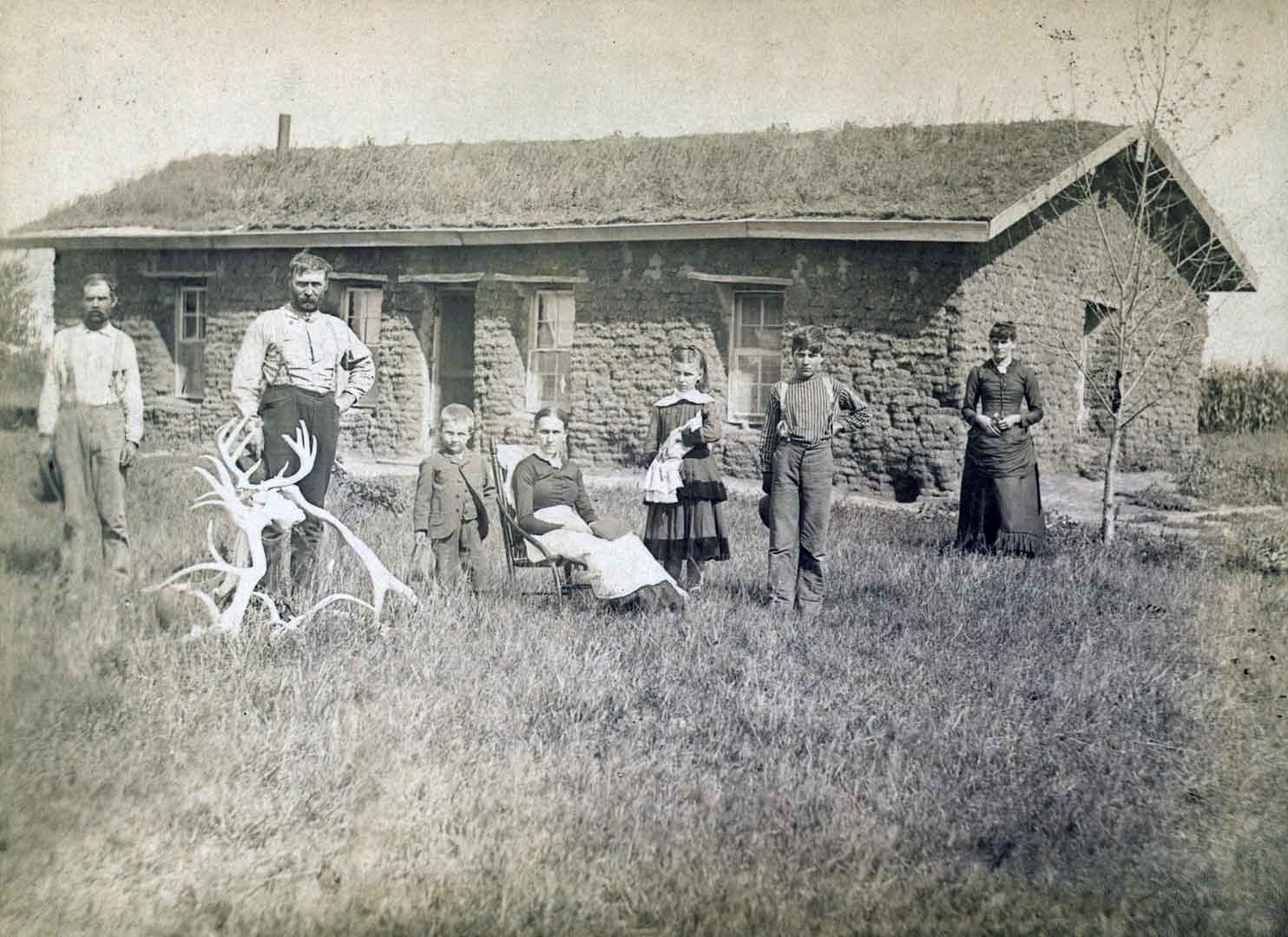
The Intersection of Native Plants and Human Activity
The colonization of the Western Hemisphere by Europeans led to a displacement of native plant species by foreign ones, essentially evicting plant residents and replacing them with strangers in many ecoregions. After European settlement, rapid urbanization also removed critical habitat for natives, alone contributing to an estimated loss as much as 150 million acres of native habitat in the continental U.S.
Thankfully, many human efforts are being put towards preserving our native flora. The United States’ Endangered Species Act (ESA) of 1973, while focused on animal species, often translates in practice into protection of habitat and forage for listed species. Another brief example at the federal level is the Memorandum of Understanding between the Forest Service and the Smithsonian Environmental Research Center, which focuses on “repatriation” of displaced orchids. At the state level, some legislatures have passed laws specifically protecting native plant species and others that ban invasive species. And there are dozens of non-government organizations and non-profits who focus on native plant species as at least part of their agendas, from botanic gardens to local non-profits, to larger organizations like Native Plant Trust, who combine research and education with seed banking to help conserve and promote native plants in the U.S. northeast.
But not all human interventions have had beneficial effects: genetic manipulation and monoculture growing of cultivars and hybrid species can in some cases have negative impacts on local plant ecotypes or populations, either through cross-pollination and introduction of non-native genetics, or by simple displacement of locally native species. In short, plants that are not straight natives don’t typically bring the same value for wildlife and animal communities that local varieties do, and they can cause negative impacts. Much research still needs to be done on what the impact of human cultivation and selection has on local ecotypes and overall ecosystem health. (If you are interested in learning more about the differences between cultivars, nativars, hybrids and straight species, the University of Maryland Extension offers this great article explaining the differences and why they matter.)
Ecosystem Heroes
Native plants are at the core of our local ecosystems and play an important role in healthy wildlife communities. It’s crucial that we recognize the role each creature and relationship plays in the grand scheme of life, no matter how seemingly insignificant.
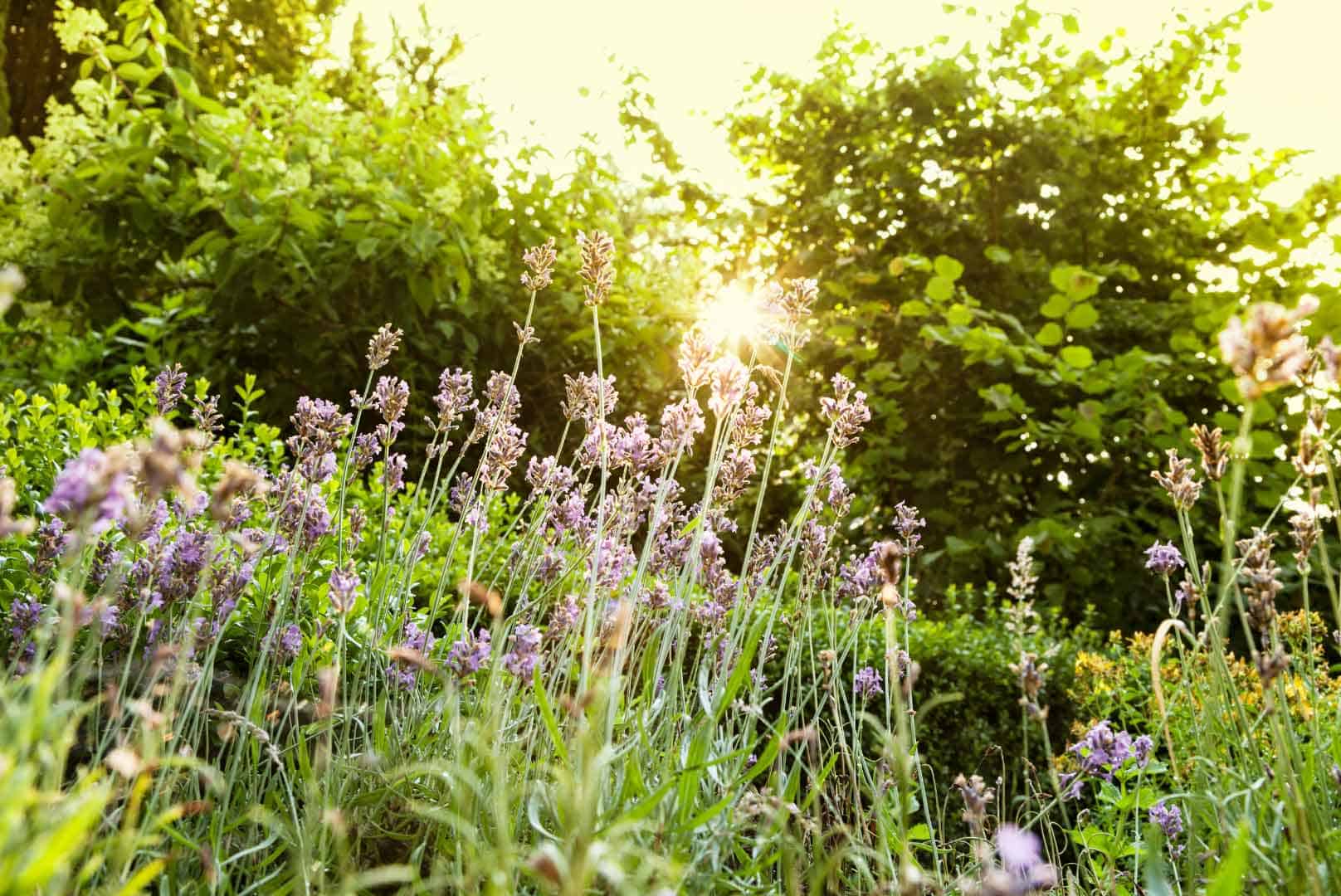
Frequently Asked Questions
What does “native plants” mean?
Native plants, which have evolved and exist naturally in a given region’s ecosystem and habitat, are those that were originated there without any active human intervention, and so prior to European colonization. Such species can be found thriving naturally within the distinct local area they inhabit.
What is an example of a native plant?
The American elderberry is a great example. This deciduous shrub, which is widely native across the U.S., produces white blossoms which attract butterflies and flourishes during early summertime. The plant is indigenous to its environment and provides many benefits, including providing wildlife food and cover and soil stabilization.
What is the difference between native and non-native or exotic plants?
Native plants are those that grow naturally in an area, whereas non-native ones have been brought into the region through human activity. Whether intentional or accidental, these exotic species have arrived in locations outside of their native range. Plants which belong to a specific geographic location are known as natives, while outsiders make up the group of introduced varieties. Both play major roles in landscapes today, but the risk of loss of native plants and their communities has increased as more habitat is lost to agriculture, development, and pollution.
It is important to note that many invasive exotic plant species were introduced via the horticultural industry. When buying plants it is especially important to pay attention to which plants are native versus those that are sold mainly for their historically marketable attributes, like insect resistance, long blooming seasons, or fast growth, instead of their ability to attract wildlife. In almost all cases, if you incorporate native plants in your landscape designs, you will be tipping the balance in the right direction.
How are plants determined to be native?
Native plants have been naturally existing in a specified habitat, ecosystem or region without being introduced by humans, but there is some fluidity in what some consider “native” because of local spread and adaptation, as well as intentional introductions, and hybridization and cross pollination. Plant native status is tracked by the USDA, but independent organizations like BONAP (Biota of North America Program), Bplant, and iNaturalist are attempting to provide better definitions of native status for thousands of native species in the U.S. There are also international organizations like the Royal Botanic Gardens’s Kew database that attempt to document native status around the world.
How does climate change affect native plants?
Due to warming temperatures and more extreme weather fluctuations, native plants are having to move and adjust their lifestyle in order to thrive. This shift has resulted in changes not only on the environment they inhabit, but also within the behavior of these plant species themselves and the animals that assist in reproduction.
Significantly, more and more research describes how certain plants are now blooming earlier than the insects who pollinate them appear in the landscape. In an increasing number of cases they are becoming phenologically out of sync, responding to seasonal increases in temperature at different rates. As a result, many unique plants are at risk of disappearing.
